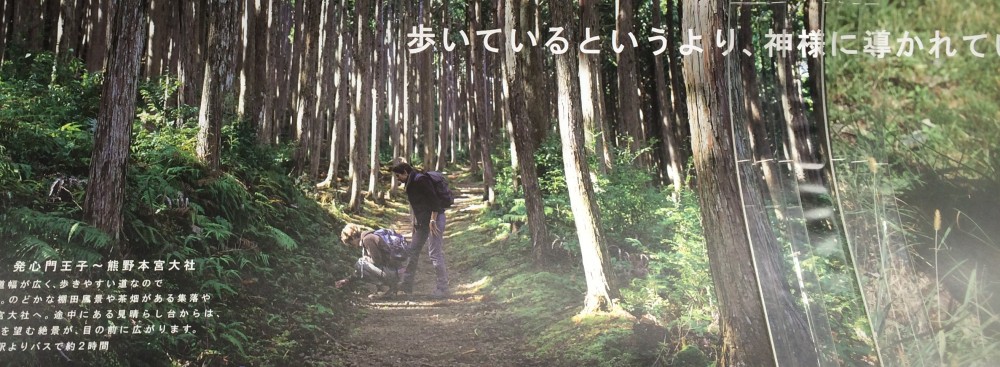While reading the John D. and Katherine T. MacArthur-funded “white paper” (http://tinyurl.com/3nag5ag) about the new media practices of online “Hanging Out, Messing Around and Geeking Out,” I realized that I had witnessed the evolution of this culture and many examples of all three modes of virtual behavior in my now-14-yr. old daughter. Thanks to her, I was familiar with the behaviors discussed in the papers and could fill in many examples as I read along.
I remember my youngest’s first foray into the online communities with her fascination with a penguin-populated chat room (http://www.clubpenguin.com/). All three children were heavily invested in Neopets (http://www.neopets.com/)Â at one point and I remember the family drama when our oldest managed to get all the family accounts frozen after he defied the game rules by creating multiple accounts in order to rack up loads of game points. He still takes heat for that escapade.
While I understand the educational possibilities of trying to tap into this youth-culture fascination with being constantly connected with one’s peers and being able to “geek out” in an area of one’s own predilection, there are far too many areas of scholastics which may need to be taught irregardless of a teen’s willingness to geek out in that area. I have watched my daughter do a deep dive into creative writing while creating complex story lines with online co-creators and I have recently witnessed her sudden ability to disassemble and repair a 20-inch iMac by simply looking up the instructions online. Even when she was only nine years old, I watched her successfully dissect a bullfrog using diagrams that she looked up online. She identified all of the internal organs and even discerned the cause of death of her specimen which she had found near the Tama River in Tokyo.
With the ubiquitous availability of information, where there is a desire to learn, there is also the means to go as deep as one might desire. And from intense study, original creation is often a result. Online tutorials in digital drawing and use of the digital tablet, along with online artistic communities, such as Deviant Art (http://www.deviantart.com/)Â and websites where participants can collect and modify digital pets, our youngest is learning to hone her abilities with both digital and traditional pen and paper. She has even succeeded in drawing me into this world as I began to collaborate on a children’s book with an artist in Sweden whom we discovered through the online community.
The challenge remains in finding a way to actively engage digitally-savvy youth to embrace those scholastic disciplines and subjects that do not grab them by their mental lapels and shake them awake. If they are motivated, they will learn far more than we can teach them. But if they are not motivated to learn something, then they will invariably find a way to geek out once again only in the areas that hold their interest.

What a wonderful post. Isn’t that exactly what technology should be used for? Twenty years ago your daughter, on finding the frog, would either had to wait on the off chance a dissection took place in Biology at some point, or done a trial and error dissection herself. Now, thanks to the internet, she could immediately bypass the lower order skills of the dissection itself and move onto the higher order skills such as evaluating the cause of death. Absolutely fantastic and a lesson there for all of us!
The internet did give her the ability to (pardon the expression) leapfrog into the higher order skills. I had forgotten about this post until I read your comment, and then remembered that just yesterday, she was asking about which classes would be best to take in college if one was interested in forensic science. (Incidentally, she determined the cause of this large frog’s death to be starvation since all of the vital body organs were intact with no visible puncture wounds or bruising apparent, however, the stomach cavity was completely empty and one of the frog’s hind legs had an obvious fracture which would have severely hampered its efforts to chase down its food.